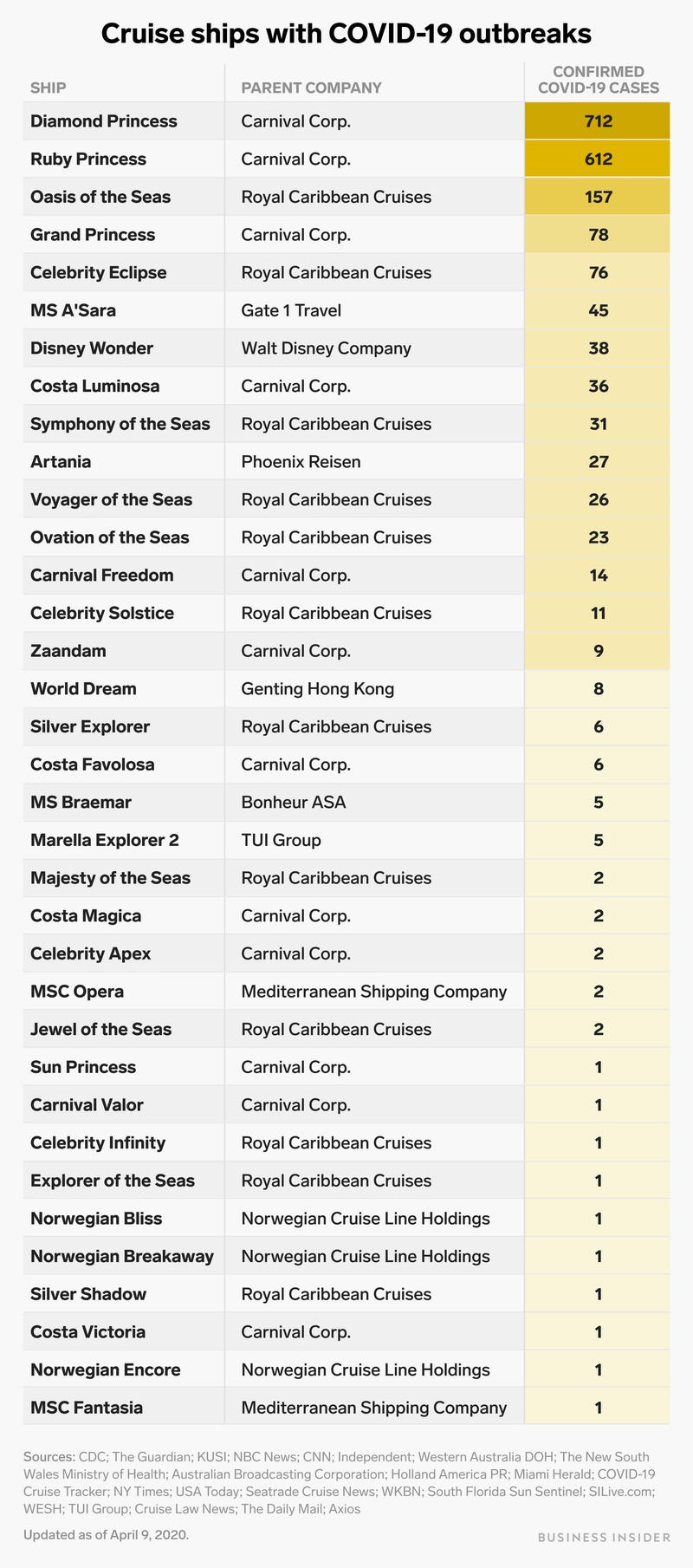Contradictions, Inversions, Oddities, and Coincidences
Don't look at what's accelerating; look what isn't. That's where the real change is.
I write weekly newsletter about how the new forms of social, cultural, and environmental capital change business. If you enjoy this issue, please like it above, share it with anyone you think may find it useful, and subscribe below:
It’s become popular to call this crisis a great accelerator. True as it may be, I find non-tech, innovation-by-necessity pivots a more fertile analytical soil.
Brands like olive oil producer Brightland pivoted to content, community, and curation with the same ease and care, and with the same mission that it used to sell its olive oil. Aperitif brand Haus promptly put its unique market position (being exempt from alcohol laws) and it’s unique value chain (owning supply and production) to good use, by partnering with hard-hit restaurants to create signature aperitifs and sell them at 100 percent profit for restaurants. Once the hair salon he was working at closed on March 15th, my hairdresser, Marshall Lin, immediately pivoted to creating content and sharing his hair care expertise online. The other day he relaunched his website.
Examples are many, and should be celebrated as fervently as tech-fueled acceleration towards e.g. digital fashion week, e-commerce, online education, remote work, etc. All of these accelerations expose trends that have already been happening; to really learn, look into the unexpected and the different. Show me what’s NOT accelerating and let’s figure out why.
E.g. This heartbreaking innovation is as good as Netflix Party. And now that we are all required to wear face masks in public, what will be our common gestures of meeting when we can’t see each other’s smiles? Smile has been a prominent feature of modern life since the middle ages (strangely enough, it hasn’t been “invented” until then).
Real generosity toward the future lies in giving it all to the present, said Albert Camus. The future is hidden in our present: in what we value, who we gather around and pay attention to, what we support and what we rally against. In 2012 Wired article, futurist Paul Saffo talked of contradictions, inversions, oddities, and coincidences as indicators of the change ahead.
Here are some things that the global pandemic inverted, coincidences that it brought forward, and oddities and contradictions that it exposed:
Contradictions are when two irreconcilable things coexist. In February of 2020, the ordeal of Diamond Princess’ passengers read like a horror story of the “this happens to other people” variety. One would think that, its aftermath would wean not only cruise-lovers but also cruise-curious from setting a foot on a boat again. One would think.
Keep reading with a 7-day free trial
Subscribe to The Sociology of Business to keep reading this post and get 7 days of free access to the full post archives.





